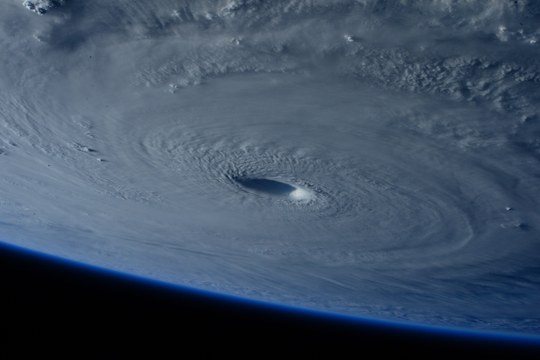
16. Satellite Monitoring of the Climate and Ocean Systems
Docenti / Lecturers
Tiziano Maestri (UNIBO-DIFA) – Nadia Pinardi (UNIBO-DIFA) – Marco Zavatarelli (UNIBO-DIFA)
2 CFU - 16 ORE / 2 UEC - 16 HOURS
OBIETTIVI FORMATIVI / LEARNING OBJECTIVES
Module 1 (T. Maestri, 10h)
In the first part of the module, the student acquires the fundamentals of radiative transfer in planetary atmosphere and remote sensing of surface and clouds/hazes/aerosols. He/she also learns the main techniques to derive optical, geometrical and physical information from satellite observation of scattering layers. The module enables students to interpret atmospheric radiance spectra and the link to the retrieved products for the climate system understanding and monitoring.
The main topics covered by the module are:
- Radiative transfer at shortwave and longwave wavelengths: observing the Earth system with spectro-radiometers and sounders.
- Surface reflection and emissivity. Land characterization, retrieving land surface temperature and properties. Fires detections.
- Scattering phenomena in the atmosphere; remote sensing in multiple scattering environments. Clouds and aerosols from space.
- Cloud identification and properties retrievals.
- Radiation and climate. Clouds and aerosols properties databases.
Module 2 (N. Pinardi, 5h - M. Zavatarelli, 5h)
In the module section dedicated to the satellite remote sensing of the ocean, the student acquires knowledge of fundamentals of ocean optics and the basic functioning of the sensors carrying out observations. They will also explore the data available through the European Earth Observation Program “COPERNICUS”. Subsequently, they will operate data analysis procedures applied on the most important ocean properties remotely observed trough satellite. In particular the work will be based on:
- Scatterometer data (surface winds)
- Altimetry data (sea level)
- SAR data (oil spills)
- AVHRR (sea surface temperature)
- Ocean Color (surface phytoplankton concentration and light extinction coefficient)